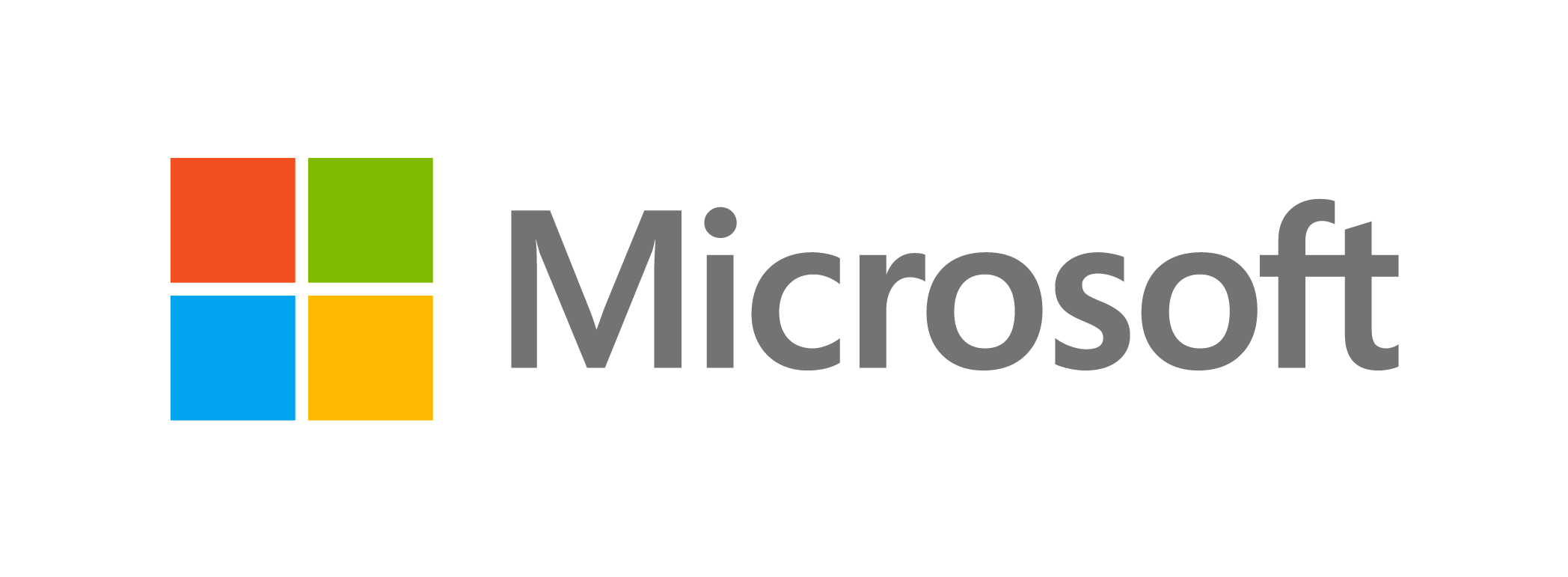sponsor content What's this?

Supercharging Science: AI and High-Performance Computing’s Potential in Federal Research
Presented by
Microsoft

From the invention of the first supercomputer during World War II to the Department of Energy (DOE)’s seven-year Exascale Computing Project initiative, high-performance computing (HPC) has proven to be essential for advancements in scientific research. Now, artificial intelligence (AI) takes that capability further, enabling exponentially faster modeling and analysis.
HPC harnesses the power of supercomputers and distributed computing environments to solve complex, data-intensive problems, which aligns perfectly with AI’s ability to analyze massive amounts of data quickly. AI on HPC supports faster, more in-depth research in a variety of fields relevant to national interests, from climate and energy to materials and drug discovery.
There’s another advantage to this combination of speed, scalability, and intuitive automation. HPC and AI are elements of quantum computing solutions, paving the path to even more powerful analytical capabilities.
The undeniable strength of integrating HPC with AI
AI models powered by HPC allow researchers to uncover insights through pattern analysis that would otherwise take significant time to discover—or remain hidden. Applications include:
- Climate science: Simulating and predicting climate patterns over decades aid in more accurate forecasting and a better understanding of climate change. For example, the U.S. Army Corps of Engineers’ CSTORM storm modeling system is vital for protecting communities from extreme weather events. However, the app has had to share limited time on the DoD’s supercomputers. Working with the Army Corps to help enable access to supercomputers, Microsoft shows that supercomputing in the cloud is viable for key defense programs like CSTORM, with AI potentially accelerating data capture, refresh, and analysis. This project is poised to expand access to AI-supported HPCs for any number of time- and national security-critical research.
- Drug discovery: By utilizing HPC's vast computational power, AI algorithms can quickly analyze large datasets of molecular structures and biological interactions to expedite the identification of potential drug candidates. The Global Health Drug Discovery Institute, for example, partnered with Microsoft Research to uncover new approaches for treating infectious diseases, including tuberculosis, malaria, and COVID-19. Using generative AI, the team discovered and confirmed new, relevant molecules in a matter of months instead of years.
- Chemistry and materials sciences: These two fields are already reaping the benefits of this dynamic technological combination. The Pacific Northwest National Laboratory (PNNL), a lab operated by Battelle for DOE, focuses on researching chemistry, Earth sciences, biology, and data science to provide innovations in technology for our energy future and national security.
In collaboration with PNNL, Microsoft integrated AI models into HPC workflows—allowing them to identify a new material in a matter of weeks, not years. With Microsoft’s Azure Quantum Elements, the team screened over 32 million candidates in just 80 hours.
The impact? Instead of enduring years of lengthy hypothesis testing, PNNL scientists are actively testing and learning more about the solid-state electrolyte battery material. HPC and AI helped these researchers hit the proverbial gas on their search for energy storage alternatives.
Increasing HPC and AI accessibility in scientific discovery
Taking HPC and AI further requires new thinking and advanced toolsets. Azure Quantum Elements, for example, combines AI and HPC to enable scalable simulation workflows designed for scientific research. Integrating these technologies into research workflows dramatically accelerates time to impact—in some cases from months to less than a week.
Crafting effective HPC workflows are essential to obtaining the best research results. While this has long been the realm of HPC specialists, AI can assist in a different role: intelligent, skilled assistant.
Azure Quantum Elements AI-powered copilot reduces the barriers to configuring and launching HPC workflows. With a natural language interface, researchers can quickly get guided answers with sample code, query and visualize data, and initiate simulations.
By removing the need for hyper-specialized expertise, more researchers can gain access to HPC systems to accelerate scientific discovery further. Built expressly for scientific discovery and optimized to get the most from HPC platforms and existing quantum resources, these capabilities will carry over to the quantum computing systems of the future.
So, what’s next?
Government agencies, including the science and research community, already leverage HPC and AI to advance their missions. Future developments could lead to improved energy solutions, better policy-making based on accurate data analysis, and more efficient governmental operations.
As we stand on the cusp of the quantum computing era, revolutionary technologies like AI paired with HPC and quantum tools are poised to propel researchers into new frontiers of scientific innovation.
To discover the potential of AI on quantum-enabled HPC, connect with us at https://aka.ms/QuantumChemMatSciContact or visit: Azure Quantum | Product Overview (microsoft.com) to learn more.
This content is made possible by our sponsor Microsoft; it is not written by and does not necessarily reflect the views of GovExec's editorial staff.
NEXT STORY: One solution for Phone, Meetings, Rooms, and more






